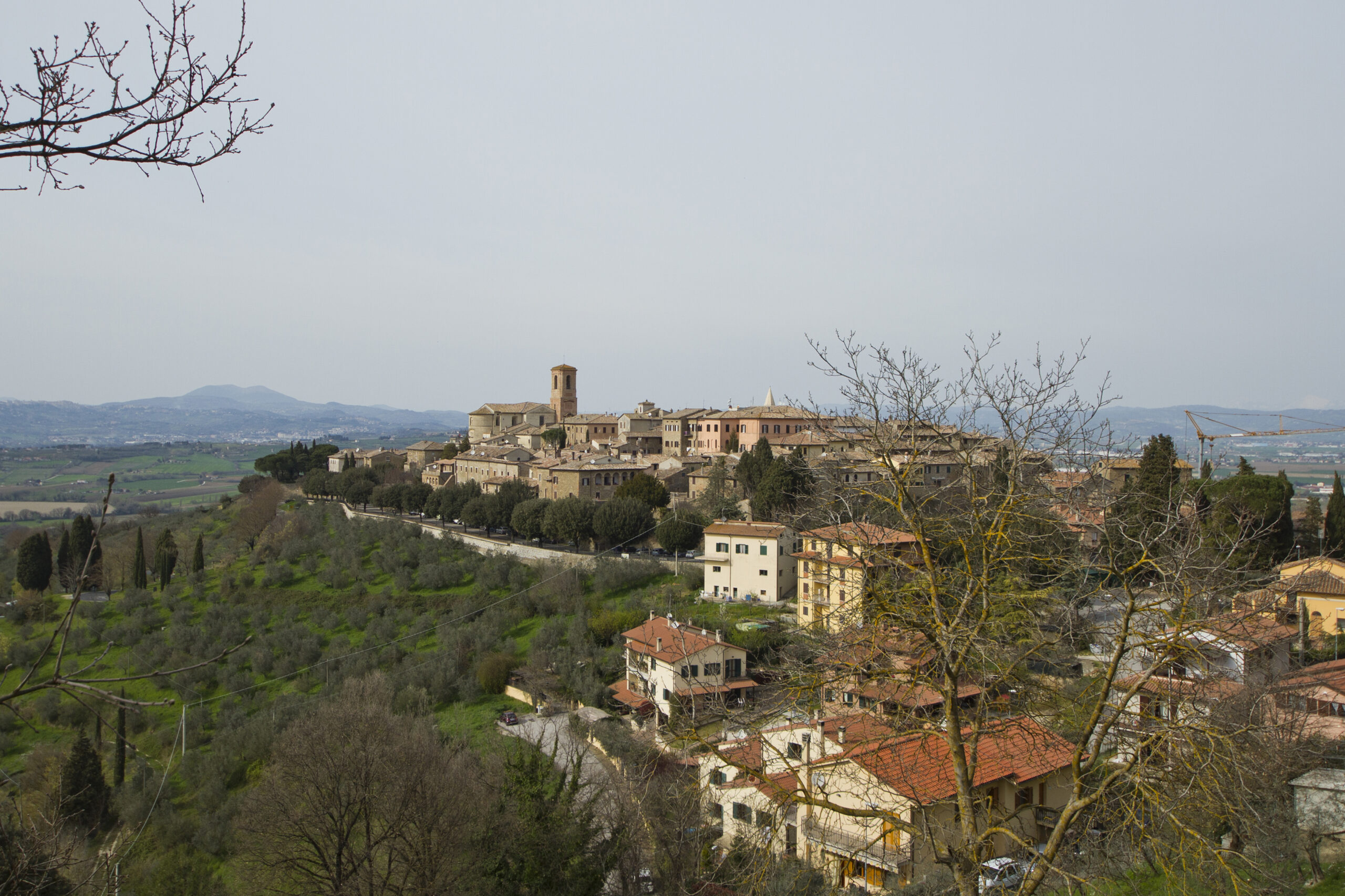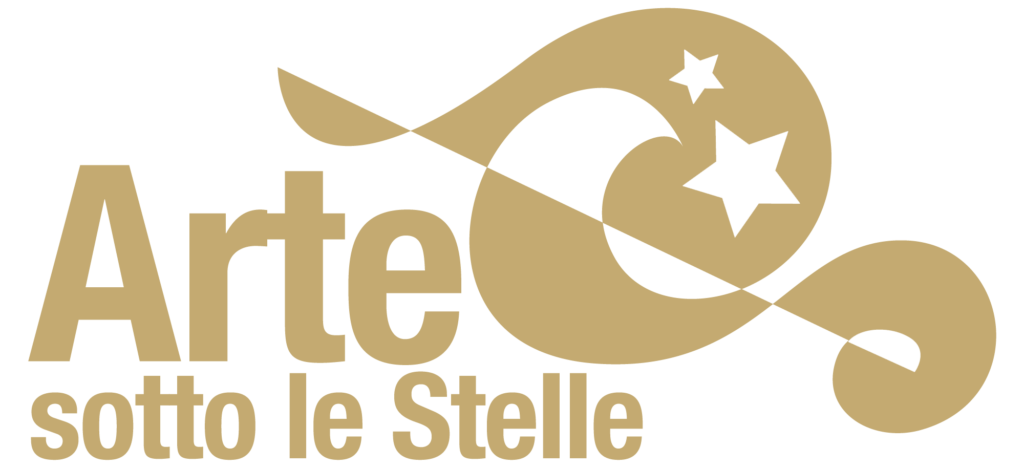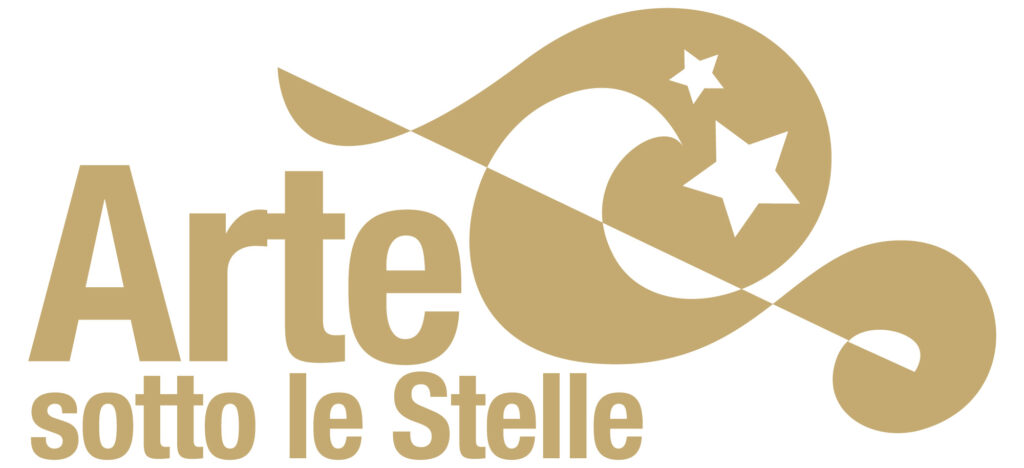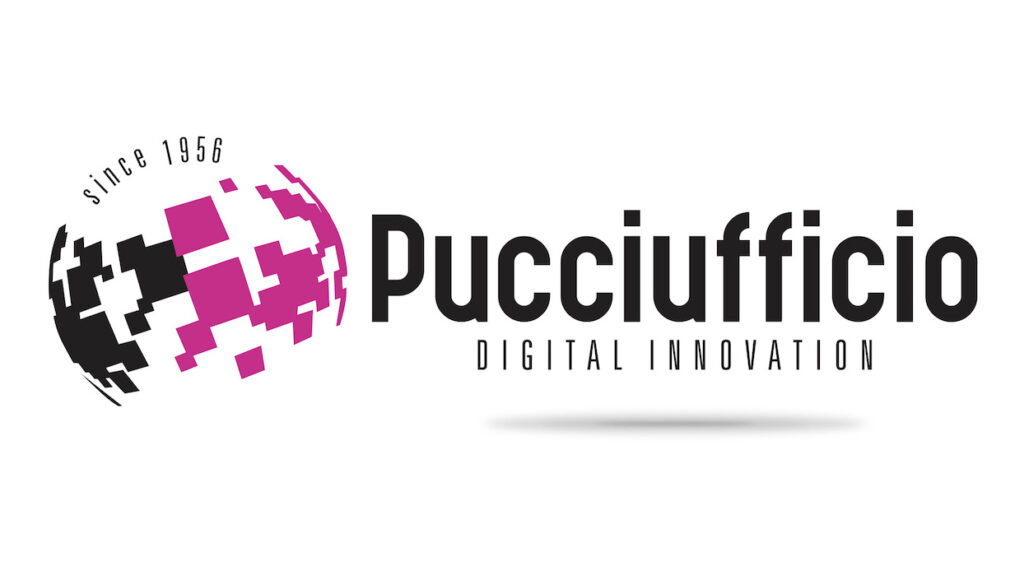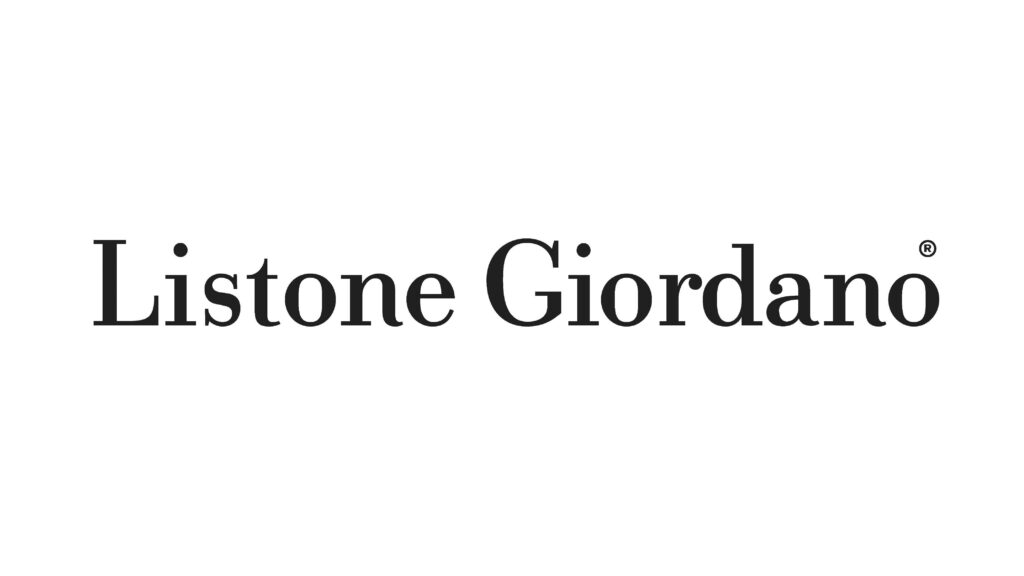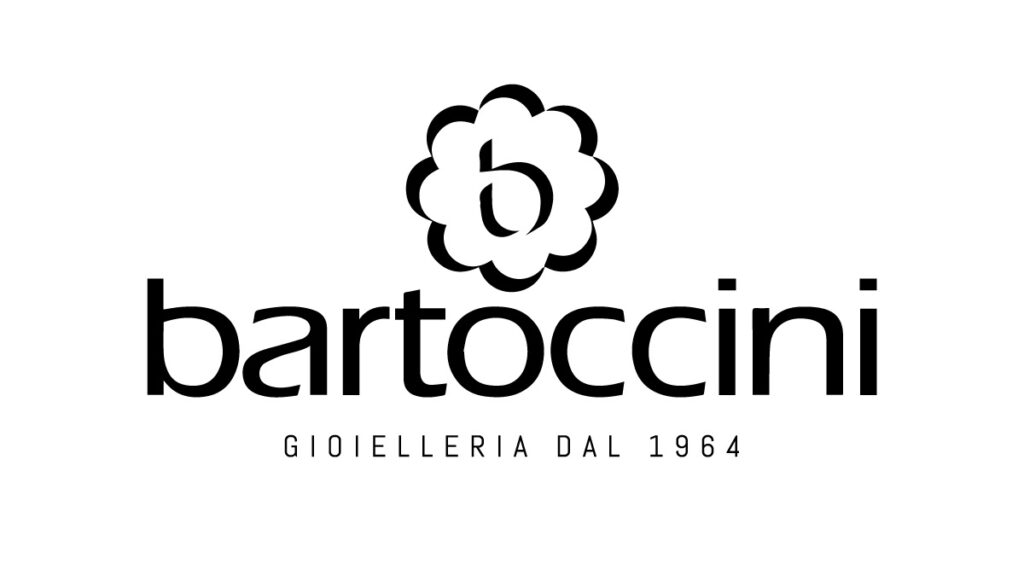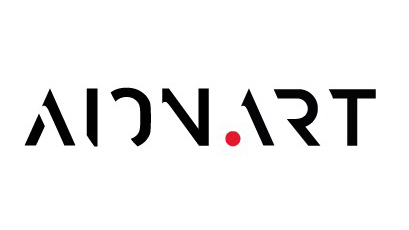Comune di Bettona
Bettona sorge a 365 metri sul livello del mare, in una posizione squisitamente panoramica collocata su di un colle facente parte delle propaggini settentrionali dei Monti Martani.
Il territorio di Bettona confina a nord con quello di Bastia, ad est con Assisi e Cannara, a sud con Deruta e Collazzone e ad ovest con Torgiano. La parte pianeggiante, ad una quota media di 180 metri, è costituita da depositi alluvionali lungo il corso dei fiumi Chiascio e Topino.
Nello stemma di Bettona figura una piantina con foglie ovali: è la Betonica officinalis che, secondo un’etimologia popolare, darebbe il nome alla città. Utile in molte malattie e assai diffusa in Italia, ha generato due modi di dire: “avere più virtù della betonica” e “conosciuto più della betonica”. Tuttavia, l’antica etimologia del nome potrebbe essere ascritta all’antica Vettona, dominata dal popolo etrusco, solito edificare in posizione difensiva d’altura, come testimoniato dai numerosi reperti archeologici del suo territorio e dai ben conservati tratti della cinta muraria antica. Le mura “etrusche” hanno impedito al paese di espandersi consentendo, per secoli, il mantenimento del suo aspetto austero ed elegante.
Sotto il dominio romano diviene satellite della colonia Clusturmina e Lemonia e municipio (90 a.C,). Dopo le invasioni barbariche, il borgo si arricchisce in Età Comunale.
Demolita e conquistata da Perugia, nel 1367 il cardinale Egidio Albornoz la sottrae ai perugini e la dota di una cerchia di mura più ristretta della precedente, ma ben più fortificata.
Il centro storico è un perfetto equilibrio architettonico di edifici storici, che si affacciano sulle piazze centrali, e gli edifici nuovi, tra un alternarsi di vuoti occupati da orti e giardini.
Curati sono i recuperi e i restauri degli edifici con omogeneità dei materiali impiegati dove pietra arenaria, mattoni vecchi e coppi, consentono il mantenimento del vecchio tessuto urbano.
Tre ex conventi entro le mura, due appena fuori, sei chiese, edifici pubblici e numerosi palazzi signorili prevalgono sull’insieme della massa costruita.
Appena fuori delle mura un ambiente naturale ben conservato, tra un alternarsi di olivi e macchia mediterranea.
Importante centro economico, trae le sue maggiori risorse dall’agricoltura e soprattutto dall’allevamento del bestiame, al quale è legata la nascita di numerose attività industriali.
Il Santo protettore di Bettona è San Crispolto, uno dei primi seguaci di Gesù, martirizzato secondo la tardizione in località Badia. Della sua vita narrano gli Acta Sanctorum, che lo annoverano tra i santi da festeggiare il 12 maggio.
Tra i monumenti di rilievo turistico, si menziona il Museo della Città, suddiviso in una sezione archeologica e in una pinacoteca che conserva opere quali dipinti di Perugino, tavolette di tabernacolo decorate da El Greco e un busto dello scultore Canova.
